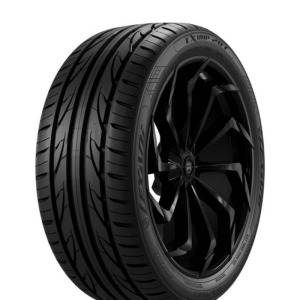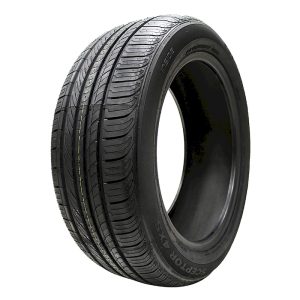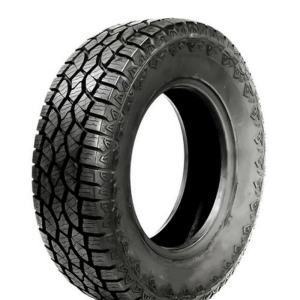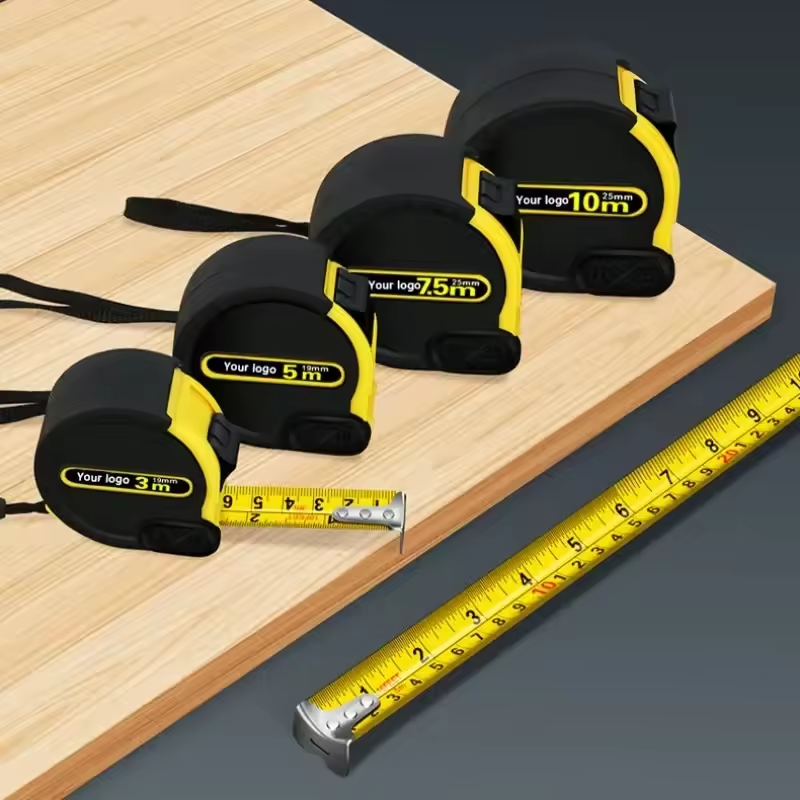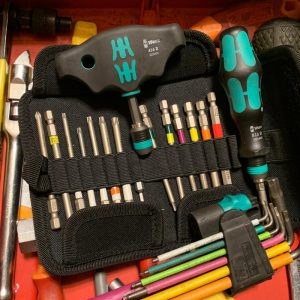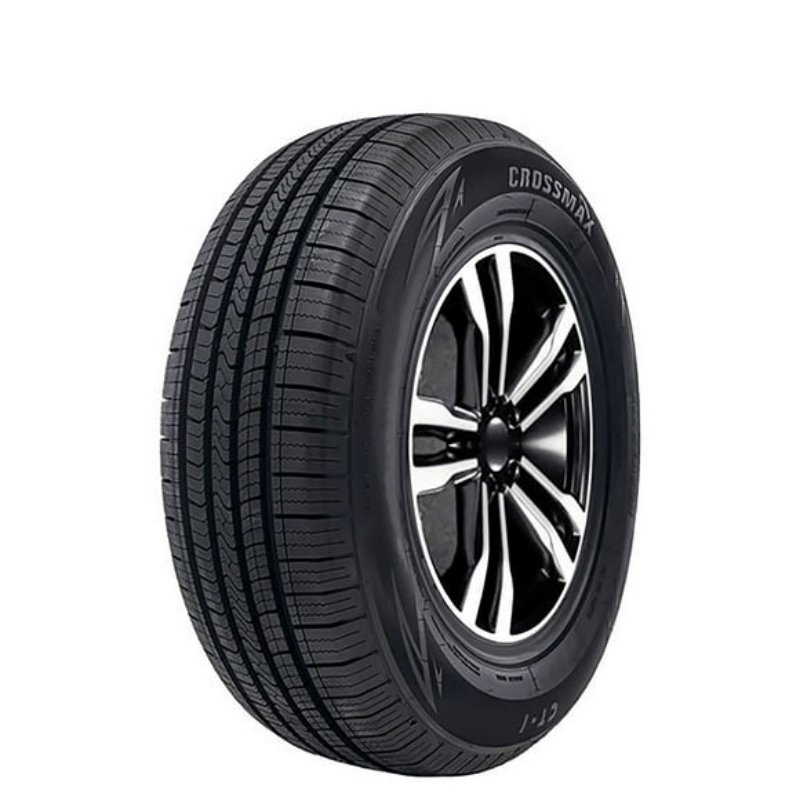
Buying new tires is an exciting aspect of car maintenance that can significantly enhance your vehicle’s performance, safety, and comfort. However, many car owners face a crucial question: when you get new tires do you need an alignment? Understanding the relationship between tire installation and wheel alignment is vital for ensuring optimal performance from your new tires. Tire alignment, or wheel alignment, refers to the adjustment of the angles of the wheels on your vehicle so that they make proper contact with the road. When tires are replaced, their ability to perform well depends not only on the quality of the tires you select but also on the alignment of the wheels. Misalignment can cause uneven tire wear, reduced fuel efficiency, and compromised handling. In this detailed exploration, we will delve into the intricate connection between new tires and alignment, how to identify misalignment, the benefits of proper alignment, the signs that indicate you may need an alignment service, and much more.
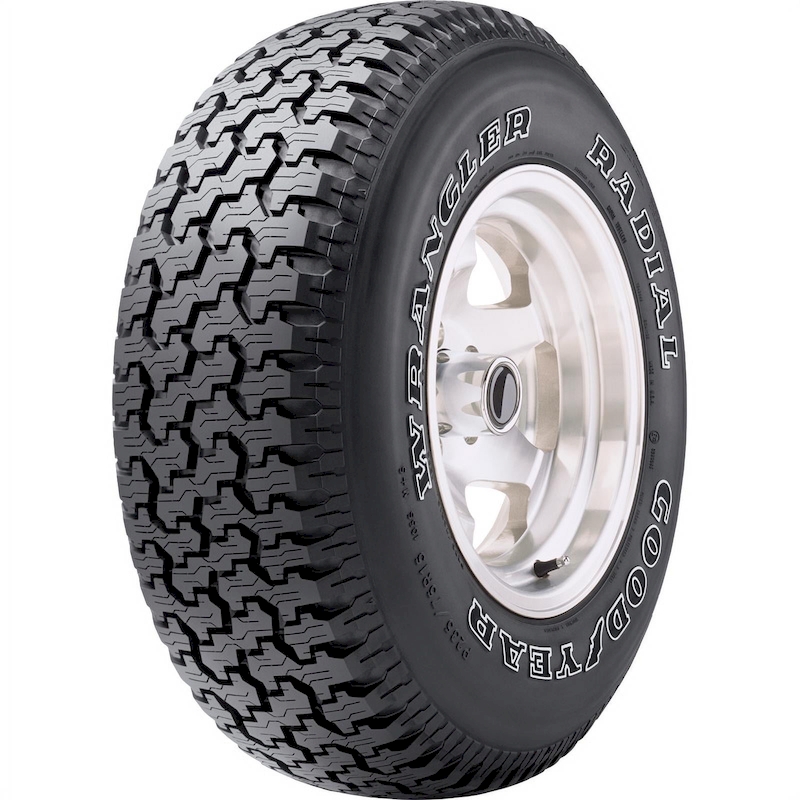
Understanding Wheel Alignment
Before addressing the specific question of whether you need an alignment after getting new tires, it’s essential to grasp what wheel alignment entails and why it matters.
What is Wheel Alignment?
Wheel alignment refers to the adjustment of the wheels so that they are parallel to each other and perpendicular to the ground. This process involves adjusting the angles of the wheels, specifically:
- Camber: The tilt of the wheel when viewed from the front. A wheel with a positive camber inclines outward at the top, while a negative camber leans inward.
- Caster: The angle that affects the steering stability, which is evident when viewed from the side of the vehicle. A positive caster angle tilts the steering axis behind the wheel.
- Toe: This describes how tires point inward or outward relative to the centerline of the vehicle when viewed from above.
The alignment ensures that the tires make proper contact with the road, leading to improved handling, fuel efficiency, and tire longevity.
Importance of Wheel Alignment
Proper wheel alignment is essential for various reasons:
- Improves Tire Lifespan: Correct alignment distributes weight evenly across the tires, which helps prevent uneven tire wear.
- Enhances Safety: Proper alignment ensures stability while driving, providing better handling and control. This is particularly important in slippery conditions or during emergency maneuvers.
- Boosts Fuel Efficiency: Misaligned wheels cause excessive drag, forcing the engine to work harder and potentially leading to increased fuel consumption.
- Optimizes Vehicle Performance: Well-aligned wheels contribute to a smoother ride, reduced vibrations, and improved steering response.
The Connection Between New Tires and Alignment
The relationship between new tires and wheel alignment is critical for overall vehicle performance. Understanding this connection helps answer the question: when you get new tires do you need an alignment?
Should You Get an Alignment with New Tires?
Many mechanics recommend getting a wheel alignment anytime you purchase new tires, and for good reasons:
- Tire Installation: During installation, the existing alignment may be disturbed as tires are removed and replaced. Even slight misalignments can occur during the installation process, leading to potential issues once the new tires are on.
- Balanced Performance: New tires perform best when properly aligned. Since they have zero wear, even a minor misalignment can lead to uneven wearing patterns as the tires begin to settle.
- Preventative Maintenance: Aligning your wheels right after tire installation is a proactive approach. It prevents issues before they arise, ensuring that the new tires perform well for their entire lifespan.
Identifying Signs of Misalignment
Recognizing signs of misalignment is crucial for maintaining tire health and ensuring safety on the road. Knowing the symptoms helps you assess whether alignment is necessary—especially after getting new tires.

Common Symptoms of Misalignment
- Uneven Tire Wear: If you notice that one side of your tire wears faster than the other, it could indicate misalignment.
- Vehicle Pulling to One Side: If your vehicle consistently drifts to the left or right while driving on a straight road, it’s often a sign that alignment is needed.
- Vibrations in the Steering Wheel: Excessive vibrations when steering, particularly at certain speeds, may indicate that the wheels are not aligned correctly.
- Steering Wheel Off-Center: When the steering wheel is crooked while driving straight, it signals an alignment issue.
By paying attention to these signs, you can take prompt action to rectify any misalignment problems before they worsen.
The Benefits of Proper Wheel Alignment After Installing New Tires
Enhancing Longevity
One of the most significant benefits of aligning your wheels after installing new tires is the enhancement of tire longevity. Proper alignment ensures uniform contact with the road and, as a result, promotes even distribution of wear. This leads to a longer lifespan for your tires, allowing you to maximize your investment.
Improving Handling
New tires combined with proper wheel alignment contribute to improved handling. When tires are aligned correctly, they track straight, and steering response is enhanced. This leads to a safer and more enjoyable driving experience, especially when navigating curves, hills, or adverse weather conditions.
Ensuring Fuel Efficiency
As stated earlier, proper alignment contributes to fuel efficiency. When tires are aligned, the vehicle experiences less rolling resistance, which reduces the amount of energy required to keep the car moving. This means better mileage and lower costs over time.
Maintaining Overall Vehicle Health
Alignment checks should be part of regular vehicle maintenance. Having your alignment checked when you get new tires helps you stay on top of your vehicle’s health. Keeping up with alignment can prevent problems from escalating, potentially avoiding costly repairs down the line.
Best Practices for Tire Installation and Alignment
To ensure that your new tires perform optimally and that your wheels stay aligned, follow these best practices:
Choosing a Trusted Tire Shop
When you need new tires, choose a reputable tire shop that has knowledgeable staff and professional equipment. This minimizes the risk of improper installation and ensures accurate alignment services.
Ask for Alignment Services
Don’t hesitate to ask the tire shop if they recommend an alignment after installing new tires. Many shops offer package deals that include both services, saving you both time and money.
Schedule Regular Check-Ups
Establish a maintenance schedule for regular alignment checks. Depending on your driving habits, this could be annually or every 10,000 miles. Regular check-ups will help catch any misalignments early on so that they can be adjusted before causing undue wear.
What Happens When You Skip Alignment?
Ignoring alignment checks can lead to serious ramifications for both your vehicle and your wallet. If you’re still wondering when you get new tires do you need an alignment, consider the consequences of skipping it.
Rapid Tire Wear
If your wheels are misaligned, your tires will wear unevenly and prematurely. This not only shortens their lifespan but can also lead to needing replacements sooner than expected.
Handling Issues
Driving with misaligned wheels can compromise your vehicle’s handling. The steering may feel less responsive, and the vehicle may drift, increasing the risk of losing control during unexpected situations.
Fuel Costs Increase
Neglected alignments can lead to excess fuel consumption. As the car struggles to stay straight, more energy is expended, leading to increased fuel costs and environmental impacts.
Potential Safety Hazards
Ultimately, the most critical issue associated with ignoring alignment is safety. Misalignment can cause tires to blow out, leading to dangerous driving conditions and potential accidents.
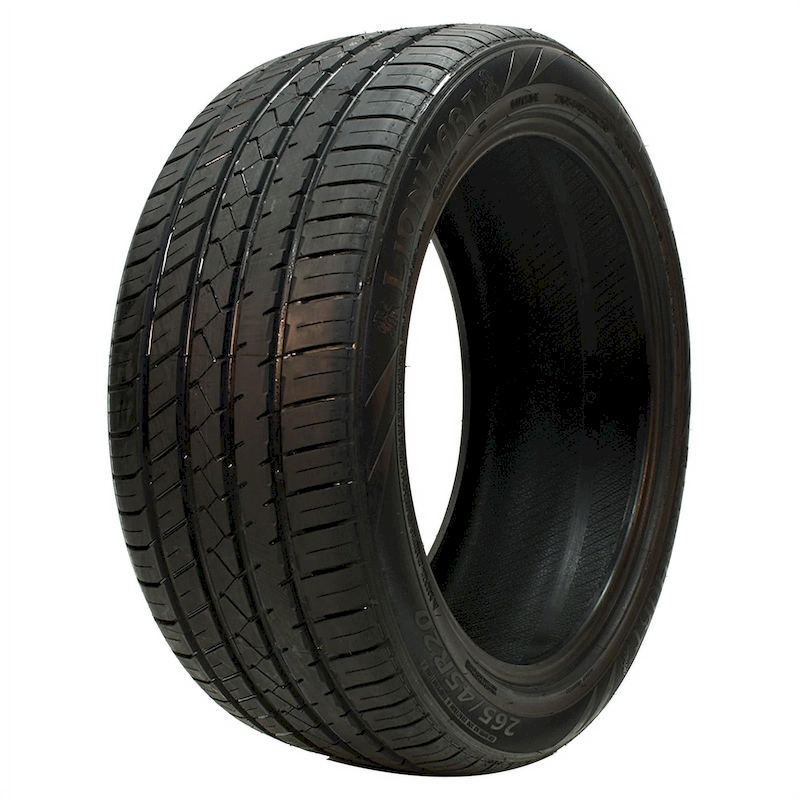
Conclusion
When you get new tires do you need an alignment? The answer is a resounding yes! Ensuring proper wheel alignment after installing new tires is crucial for achieving optimal performance, safety, and longevity.
By understanding the importance of alignment and regularly assessing your vehicle’s needs, you foster a proactive approach to vehicle maintenance. Choosing the right tires, paying attention to symptoms of misalignment, seeking professional help, and adhering to best practices will contribute to a smoother, safer driving experience.
Ultimately, prioritizing tire maintenance and alignment enhances not only your vehicle’s health but also your safety on the road. So, be proactive in your car care, and enjoy the improvements in efficiency, results, and overall driving pleasure.
